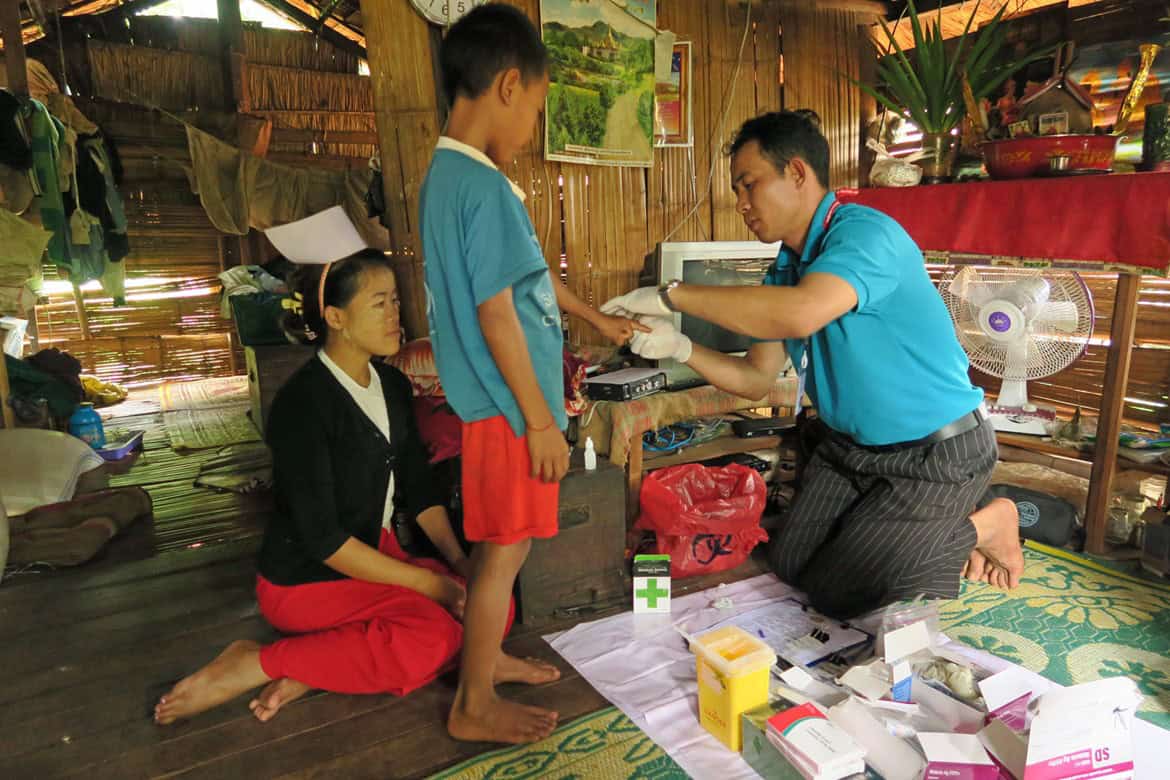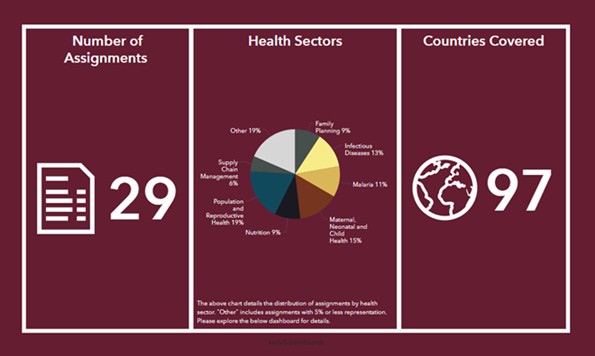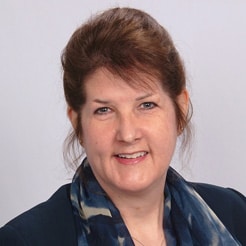
ME&A-Led Global Health Project Adapts to Pandemic With Hybrid, Locally Led Model
In response to the COVID-19 pandemic, the ME&A-led Global Health Evaluation and Learning Support Activity (GH EvaLS) under the USAID Bureau for Global Health adapted by transitioning to a more hybrid and locally led model. This strategic pivot enabled GH EvaLS to continue its critical work through the final month of the activity, which concluded on April 30, 2024.
“When GH EvaLS launched on June 1, 2020, at the start of the COVID-19 pandemic, the rapidly changing public health and safety regulations posed significant challenges to conducting evaluations, especially in public health,” said ME&A President and CEO Teresita Perez. “Our top priority was the safety of our team members and respondents, so we quickly adapted by implementing virtual data collection and communication methods, and took on several COVID-19-related task orders. This approach not only allowed GH EvaLS to continue its vital work, but also ensured that everyone involved remained safe throughout the process.”
GH EvaLS provided evaluation, assessment, and learning support in line with USAID’s global health strategies and policies worldwide. The activity’s work supported U.S. Government goals to improve global health, prevent child and maternal deaths, control HIV/AIDS, and combat infectious diseases like COVID-19. GH EvaLS also collaborated with the President’s Emergency Plan for AIDS Relief (PEPFAR), evaluating the processes, outcomes, economics, and impacts of programs aimed at tackling the global HIV/AIDS epidemic.

“Even before COVID-19, ME&A relied on local consultants who speak the local languages and understand local communities best,” Perez said. “During the pandemic, with travel restrictions and social distancing, our reliance on local consultants for in-country data collection increased company-wide. Managing these hybrid teams required careful planning and a bit more management time, but it was worth it. This approach not only kept our work going, but also supported USAID’s localization goals.”
To promote equitable, inclusive, and sustainable responses to development challenges, USAID under its localization goals (first announced in November 2021) seeks to build upon the priorities, knowledge, lived experiences, aspirations, and expertise of the people who live them every day. Within its assignments, GH EvaLS embraced every opportunity to safely shift leadership, ownership, decision-making, and implementation to the local evaluators who possessed the capability, connectedness, and credibility to drive change in their own countries and communities.
Local nationals comprised 51 percent of GH EvaLS consultants serving as evaluators, subject matter experts, or team leads. GH EvaLS also successfully implemented task orders using hybrid teams composed of a remote expatriate team lead with local consultants for field work. In all its assignments, GH EvaLS strived to ensure that local stakeholders were consulted to incorporate the perspective of local stakeholders.
“Since in many cases there wasn’t an on-site expatriate team leader, GH EvaLS developed detailed templates and protocols to ensure evaluations were done smoothly and transparently,” Perez said. “These resources included consultant training materials, inception report protocols, guidance on USAID evaluation standards, survey protocols, and quality control processes for final reports – all created to maintain quality and keep everyone safe during the pandemic.”
Other GH EvalS accomplishments included 33 completed task orders across 97 countries/Missions/USAID operating units; transforming an existing ME&A marketing tool, Esri storymaps, into an interactive decision tool for USAID showcasing GH EvaLS assignments, abstracts, and learning activities from around the world; and developing a GH EvaLS website, written marketing materials, and a biweekly newsletter to market the activity as a USAID buy-in mechanism.
ME&A’s support of USAID’s localization goals extends beyond GH EvaLS. ME&A uses a distinctive methodology for locally led development called Performance Improvement of Local Systems (PILS) focusing on enhancing local systems with culturally sensitive solutions. This method helps ME&A address complex development challenges by creating innovative solutions tailored to each community’s needs. PILS is similar to USAID’s Human and Institutional Capacity Development (HICD) approach but focuses more on systems rather than individual institutions. ME&A has more than a decade of HICD experience, including HICD work in Georgia with many government and non-governmental institutions and in Armenia with public and private institutions related to sustainable water resources management.
- About the Author
- Latest Posts
Monica Jerbi, ME&A’s Communications Advisor, has more than 30 years of experience, much of it as a USAID contractor. Her expertise includes designing and implementing behavioral, attitudinal, and informational communication campaigns as well as researching, writing, editing, and designing print and digital communications and knowledge management products.



